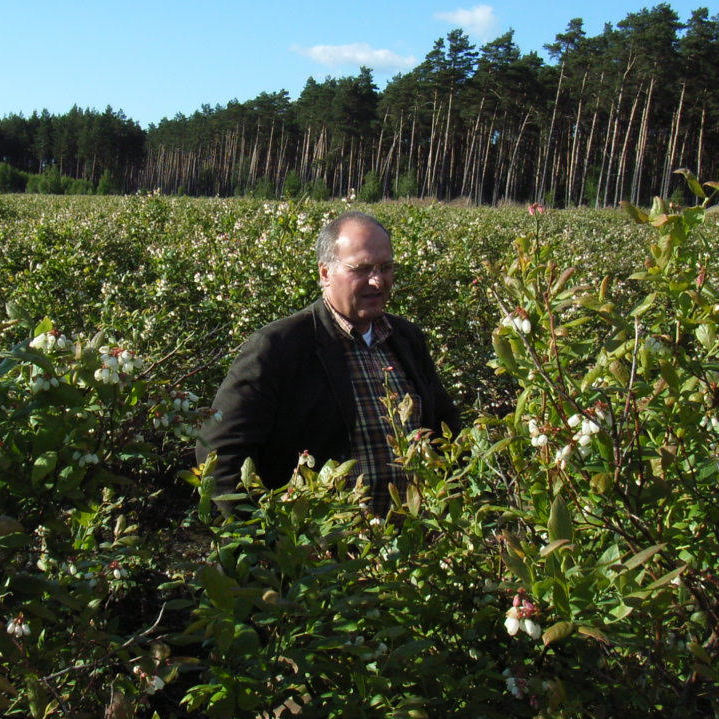Why blueberries contribute to good health
To what extent does the blueberry promote good health? This research looked at the extent to which bioactive substances and different varieties of blueberry are able to offer protection against DNA damage in humans, and which biological processes this involves. DNA damage is seen as an important factor in the development of certain chronic illnesses and ageing.
The research focused specifically on the Aurora, Elliot, Draper, and Bluecrop varieties and on the bioactive substances cyanidin, peonidin, quercetin, and vitamin C. A series of experiments on cultured human cells demonstrated that exposure to the various extracts over a two-hour period provides a dosage-dependent level of protection against DNA damage, induced by a strong oxidant (TBH).
Of the various varieties, Elliot would appear to offer the greatest protective effect, although the difference in protection between the juices is not considerable. The results indicated that two-hour exposure gives a dosage-dependent level of protection against DNA damage, induced by TBH. Cyanidin and quercetin would appear to have the strongest effect.
Research into the formation of oxygen radicals indicates that juice from Aurora, Elliot, Bluecrop, and the juice used in the human intervention study all cause a dosage-dependent decrease in the quantity of oxygen radicals that are formed. This means that the substances in these juices are capable of disabling the oxygen radicals in the body. The positive effect of nutrition intervention could therefore be explained, at least in part, by this effect. Of the individual bioactive substances, only cyanidin shows a linear dosage-dependent decrease in radical formation.
Subsequently, the white blood cells of people who had consumed one litre of blueberry/apple juice every day for four weeks were investigated to assess the effect on protection against DNA damage and which molecular processes were involved. This was carried out with the aid of ‘Genomics’ techniques to investigate the effect of nutrition intervention on the activation of 30,000 biological properties (genes) at the same time. These genes can be activated or inactivated, and the change to the whole (the gene expression profile) can be translated into a stimulation or inhibition of certain biological processes. The means by which gene expression was influenced by the intervention indicated that:
- protection against DNA damage is coupled with a positive influence on the processes that are involved in the development of cancer (apoptosis pathway and immune response pathway). This indicates that the consumption of blueberries may well help to lower the risk of cancer;
- there is a positive effect on the processes that are involved in blood clotting. This means that the consumption of blueberries may help to reduce the risk of cardiovascular disorders;
- there is a positive effect with respect to the fatty acid metabolism that plays a key role in the onset of obesity and diabetes.
To be able to translate the results of the intervention study to the effects of the bioactive substances in the blueberry varieties, a comparison was made with the gene expression profiles induced in cultured cells. The results gave rise to the following conclusions:
- The gene expression effects for the various extracts are largely consistent with the gene expression effects found in the human intervention study;
- The extract from Elliot induces the same effects for almost 80% of the selected genes from the human intervention study and is therefore more comparable than the extract from the intervention juice;
- The extract from Draper results in the least comparable gene expression effects with the human intervention study, but still around 40%;
- The individual bioactive substances are not generally capable of achieving the same gene expression effects as in the human intervention study. This means that a mixture of bioactive substances in a biological matrix as in the blueberry is better able to induce health-promoting gene expression effects.
On the basis of the mechanisms identified, a causal link between consumption of the blueberries and health-promoting effects can be considered plausible, especially when it comes to reducing the risks of cancer, cardiovascular diseases, and diabetes.
These findings strengthen the basis for substantiating a health claim and offer a sound scientific basis for further promotion of the blueberry.

